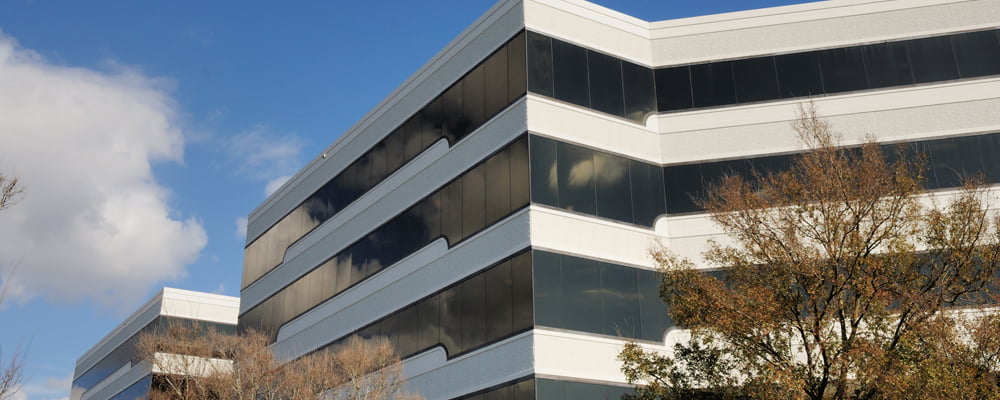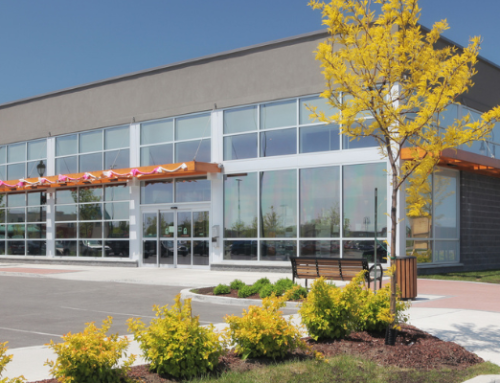The business of commercial real estate is in flux. In the fallout of coronavirus, small business tenants had to totally rethink their businesses. While some were able to continue operations remotely, others in hard-hit industries like hospitality and retail had to close entirely. Beyond the immediate impact of business closures in the second quarter of 2020, consumer and office behavior may change.
Commercial real estate leases are changing. And according to the New York Times, banks currently hold about $2.38 trillion of commercial real estate loans. As tenants renegotiate their leases, building owners and landlords will likely be asking banks to restructure their loans, too.
New Leasing Structures for Tenants
CRE landlords still struggling to collect rent in the months ahead have several decisions to make. A good place to start is by analyzing existing contracts for the wording on force majeure clauses. Beyond that, though, there are several areas where CRE landlords can open up conversations with tenants about the best way forward for their respective leases.
Other options to consider are:
- Full or partial rent deferral or abatement,
- Extended lease terms,
- Improvement allowances, and/or
- Credit enhancements.
Deferring rent payments or extending terms to temporarily cancel rent payment entirely are probably conversations that have already happened. Rent deferrals are more common, and the terms can be negotiated at the discretion of the landlord and tenant. In cases of rent abatement, forgiving the base rent is more often used than a full rent abatement, although it’s up to the parties involved. In any case, make sure an end date is clearly determined.
Either of these scenarios can be paired with an option to extend the lease and/or make allowances for tenant improvements. For example, if rent abatement (full or partial) is granted for six months, then the tenant agrees to an extension of six months on the lease. Or, space improvements such as furniture, fixtures, and equipment could be negotiated. Landlords can fund all or some of these improvements at their discretion.
Finally, rent abatement or deferral can also be combined with a higher percentage of rent when business picks up, or a new corporate guaranty. There are also more creative ways to modify lease terms, such as a method called “blend and extend”.
California Senate Bill 939 and Potential Lease Changes for Small Businesses
In early June, California’s Senate introduced a bill that could have cascading effects on the commercial real estate industry if other states follow suit. Senate Bill 939, “COVID-19: Commercial Tenancies: Evictions” ultimately failed to pass, but contained provisions allowing certain affected commercial tenants to re-negotiate and terminate their leases. This notice provides original provisions in the bill, and this article from the Mortgage Professionals of America reported the latest development. It is possible that a different, more relaxed version of the bill could be reintroduced in the future if small businesses fail to rebound.
Revisiting the leasing contract will be necessary anyway, as it may need modified in light of new working hours or landlord/tenant requirements. Covenants prohibiting tenants from “going dark” will definitely need amended, or at a minimum deferred. The range of lease modifications is limited only to both parties’ imaginations and willingness to work together.
As a practical matter, evaluate the lease structure and determine how it needs modified for the short-term future. Real estate owners and lenders should make sure they understand all the terms in lease contracts as well as tenant obligations so they can consent or refuse any potential amendments.
Short-term Leasing Forecast for Landlords
There is no crystal ball, but since the coronavirus outbreak, a few things have become clearer for landlords and business owners. One is that tenants’ failure to pay and renegotiated contracts are making it harder for landlords to meet their loan agreements with banks.
Studies on commercial mortgage-backed securities (CMBS) indicate that as of May 2020, almost 20 percent of hotels and similar properties were delinquent more than 30 days. And the volume of special servicing loans increased by $7.6 billion in July. In light of this environment, it’s becoming more common to require financials, proof of distress, and business interruption insurance from tenants.
Commercial real estate landlords may have some options of their own. Many lenders are attempting to work out arrangements with their borrowers, just as the landlords are doing with their tenants. Banks may be able to defer payments of principal and/or interest and waive late fees.
Another point for commercial real estate is the need to design physical spaces that can easily adapt. Multiuse and flexible spaces that could accommodate a wide variety of tenants can help landlords and building owners shield themselves from another downturn. Shorter lease terms may also become desirable for both tenants and landlords. Instead of a traditional 5-10-year lease, a short-term target may be one to two years. This would also give building owners time to evaluate longer term space needs.
Having trouble navigating the future of your real estate contracts and leasing structures? Contact Jennifer French, Partner and Leader of the PBMares Construction and Real Estate Team with questions.





